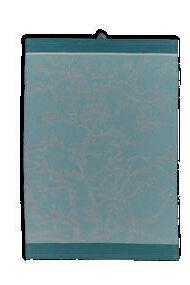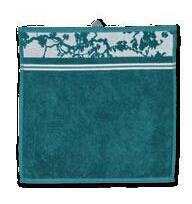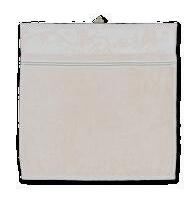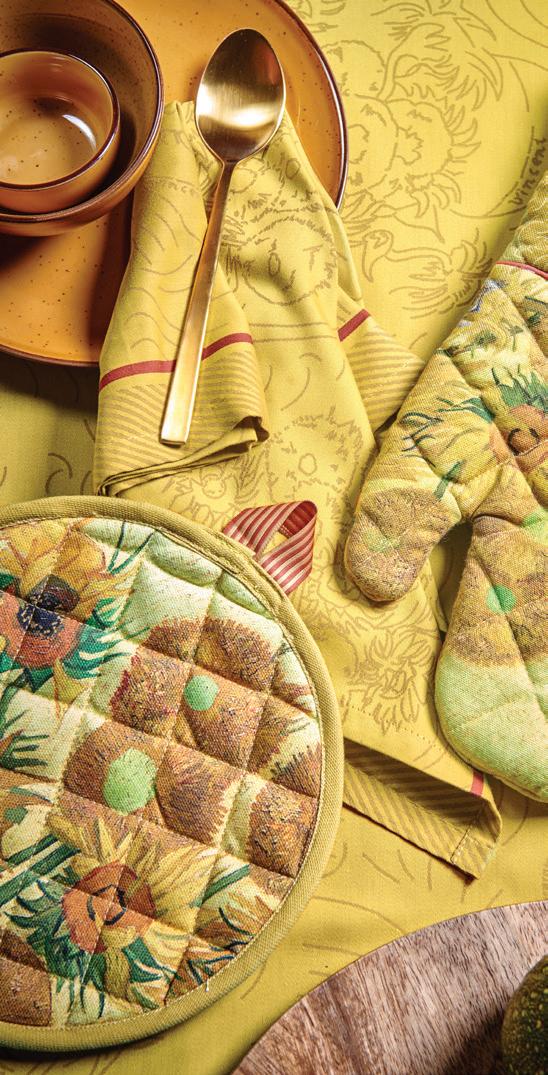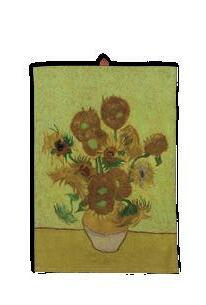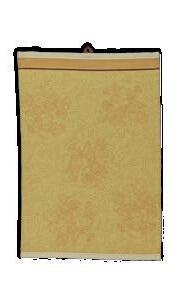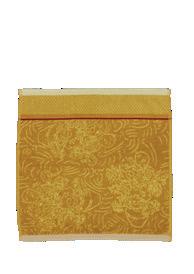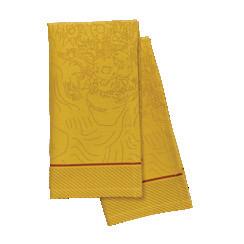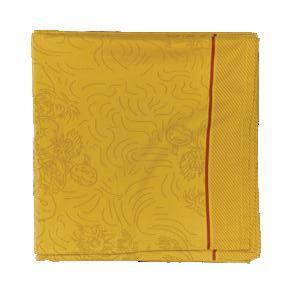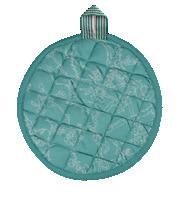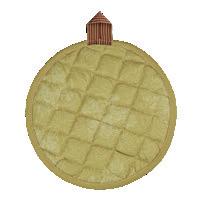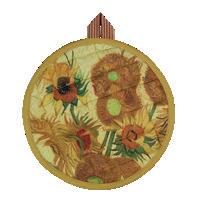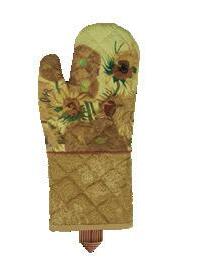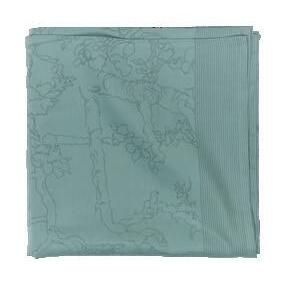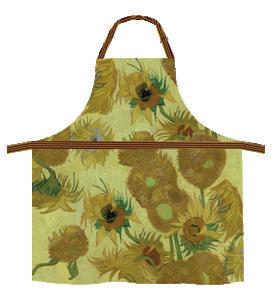




This season, the inspiration for the collection comes from a period when Vincent spent his time in the South of France (1888-1889). Inspired by the sunlit landscapes, he was able to elevate his paintings to new heights. The designs of the products are inspired by a variety of sketches and notes from Vincent’s daily life.
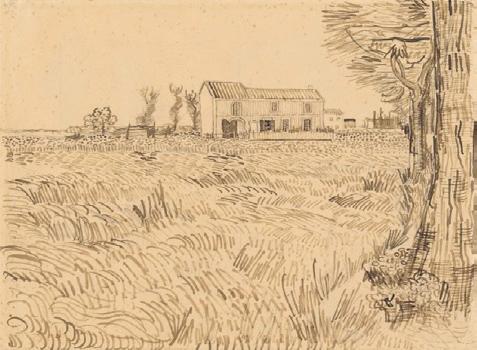
Vincent van Gogh (1853 - 1890) Farmhouse in a Wheatfield Arles, April 1888 pencil, pen and reed pen and ink, on paper, 25.8 cm x 34.9 cm Van Gogh Museum, Amsterdam (Vincent van Gogh Foundation)
02. Old Vineyard with Peasant Woman
Vincent van Gogh (1853 - 1890)
Old Vineyard with Peasant Woman Auvers-sur-Oise, May 1890 pencil, brush and oil paint and watercolour, on paper, 44.3 cm x 54.0 cm Van Gogh Museum, Amsterdam (Vincent van Gogh Foundation)
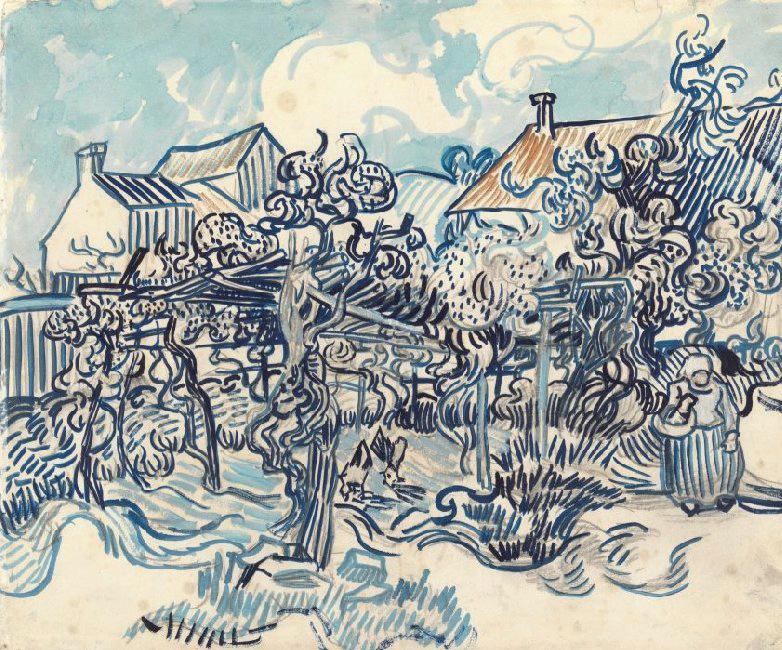
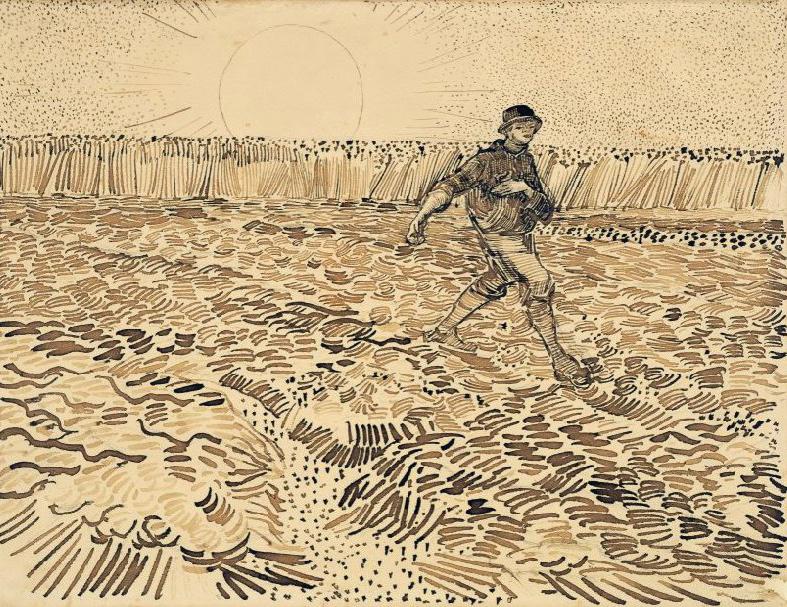
03. The Sower
Vincent van Gogh (1853 1890)
The Sower
Arles, August 1888 pencil, pen and reed pen and ink, on paper 24.4 cm x 32.0 cm
Van Gogh Museum, Amsterdam (Vincent van Gogh Foundation)
04. Houses in the Sun in Les Saintes-Maries-de-la-Mer
Vincent van Gogh (1853 1890)
Houses in the Sun in Les SaintesMaries-de-la-Mer
Arles, May-June 1888 pencil, pen and reed pen, brush and ink, on paper 30.5 cm x 47.2 cm
Van Gogh Museum, Amsterdam (Vincent van Gogh Foundation)

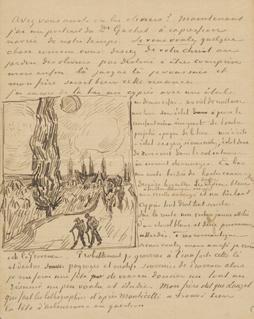
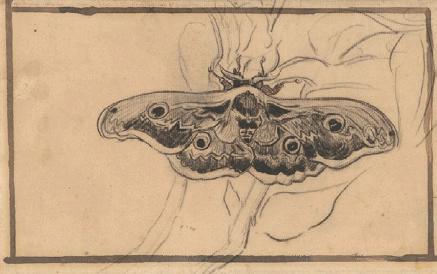
05. Letter from Vincent van Gogh to Paul Gauguin
Vincent van Gogh (1853 1890)
Letter from Vincent van Gogh to Paul Gauguin with sketches of Road with a Cypress and a star and ears of wheat Auvers-sur-Oise, 17 June 1890 pen and ink on paper
Van Gogh Museum, Amsterdam (Vincent van Gogh Foundation)
06. Giant Peacock Moth
Vincent van Gogh (1853 - 1890)
Giant Peacock Moth
Saint-Rémy-de-Provence, May 1889
chalk, pen and brush and ink, on paper, 16.3 cm x 24.2 cm
Van Gogh Museum, Amsterdam (Vincent van Gogh Foundation)
07. Figures Working the Land
Vincent van Gogh (1853 - 1890)
Figures Working the Land
Saint-Rémy-de-Provence, March-April 1890
chalk on paper 23.8 cm x 32.3 cm
Van Gogh Museum, Amsterdam (Vincent van Gogh Foundation)
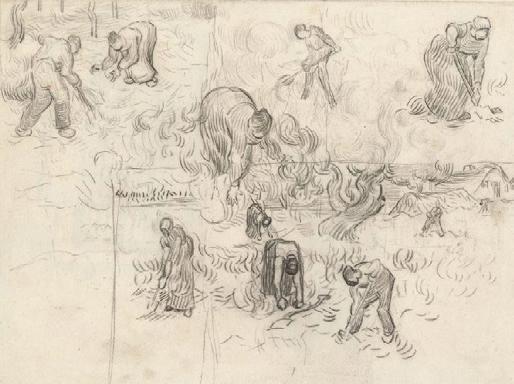
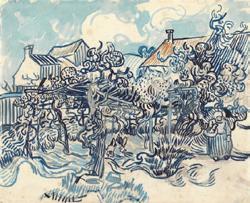
Van
focused on painting in the final months of
He completed only a few large, finished drawings, including this one of a vineyard in Auvers. We find the same wavy lines in his late paintings.
Van Gogh began with a pencil drawing. Then he added oil paint and watercolour in many different shades of blue. He painted some of the roofs red, but these have since faded to brown. Because he left large areas of the paper blank, the colour white plays a large role in the scene.


Sketch Field with a Ploughman / Thatched Cottages and Figures and Wheatfields / Houses in the Sun in Les Saintes-Mariesde-la-Mer Farmhouse in a Wheatfield / Road with a Cypress and a star and ears of Wheat / The Sower
Combined accesories:
After spending two years in Paris, Vincent longed for the peace of the countryside, which he hoped to find in Provence, in the South of France.
Once in the southern French town of Arles, he immediately started painting the surroundings. In the process, he tried to use everything he had learned to create his own style, he varied the shape of his brushstrokes: from dots and flecks to coarser sweeping strokes.
This energetic and vibrant collection captures the essence of Vincent’s time in Provence, with sketches and notes from his daily life.
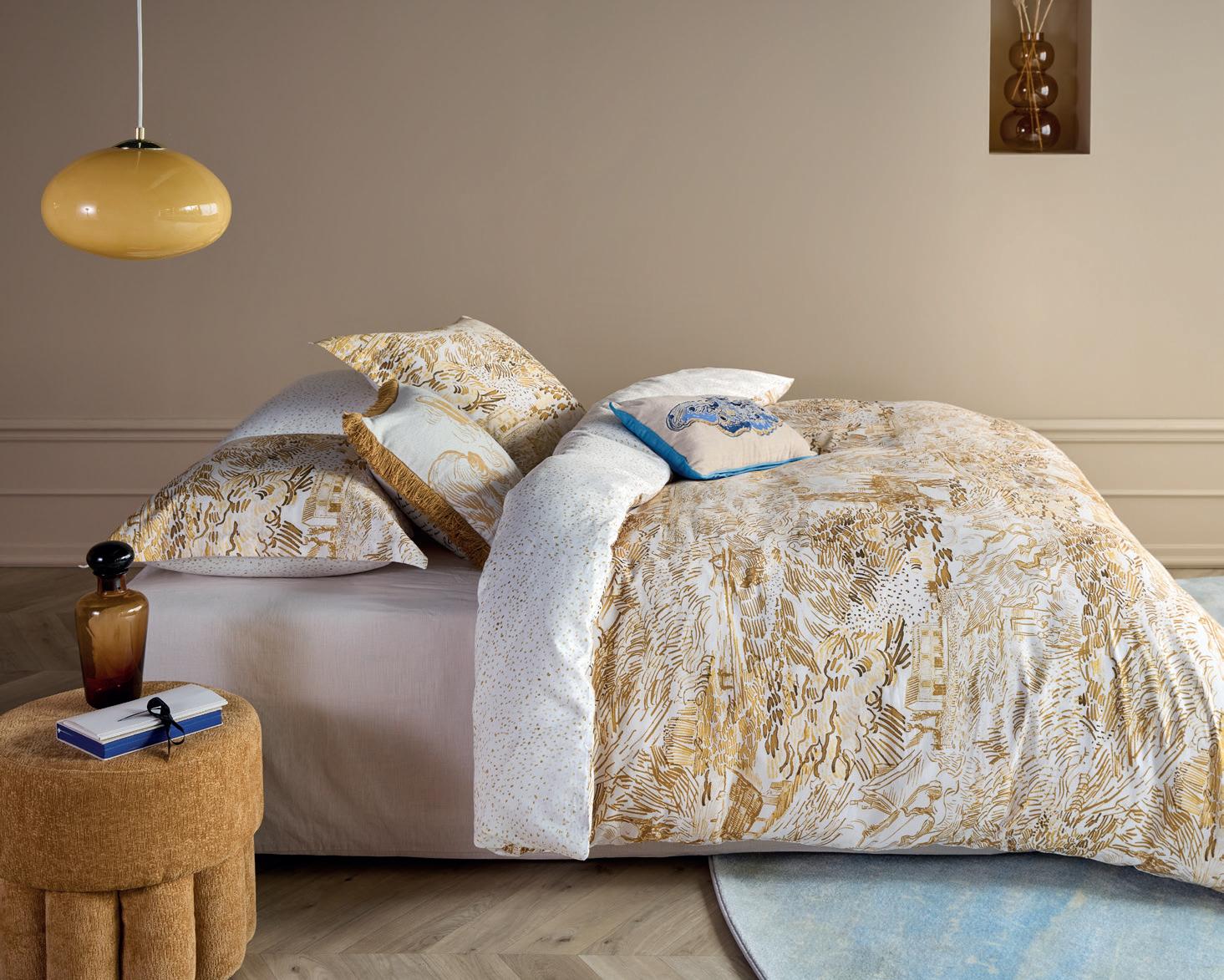
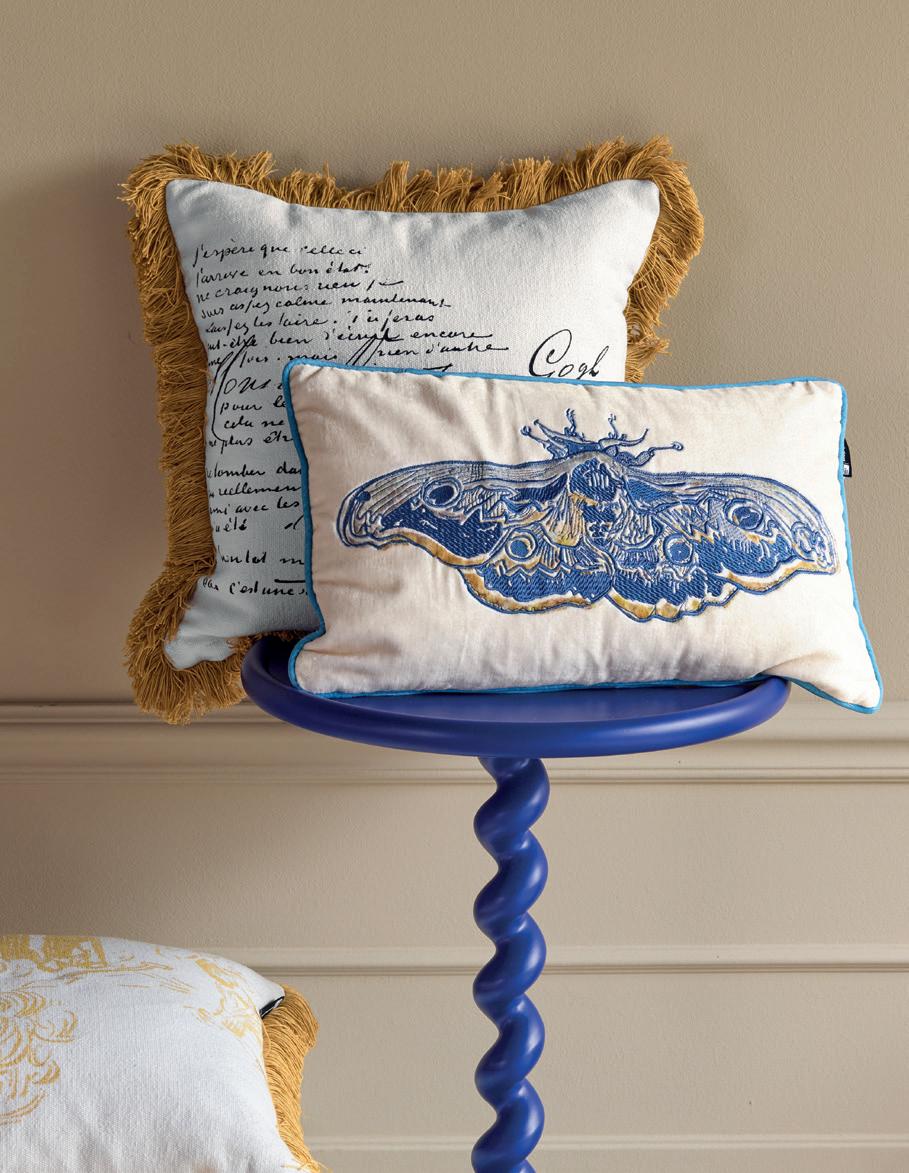


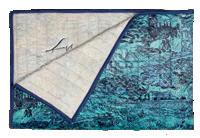

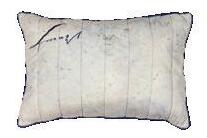
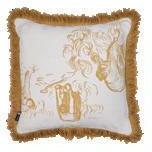


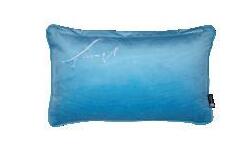
Van Gogh was a great admirer of Japanese art. He wrote that it made him happy and cheerful. Japanese printmaking was one of Vincent’s biggest sources of inspiration, starting in 1887. The designs of the products are inspired on the paintings; Flowering Plum Orchard (after Hiroshige) and Peach Tree in Blossom.
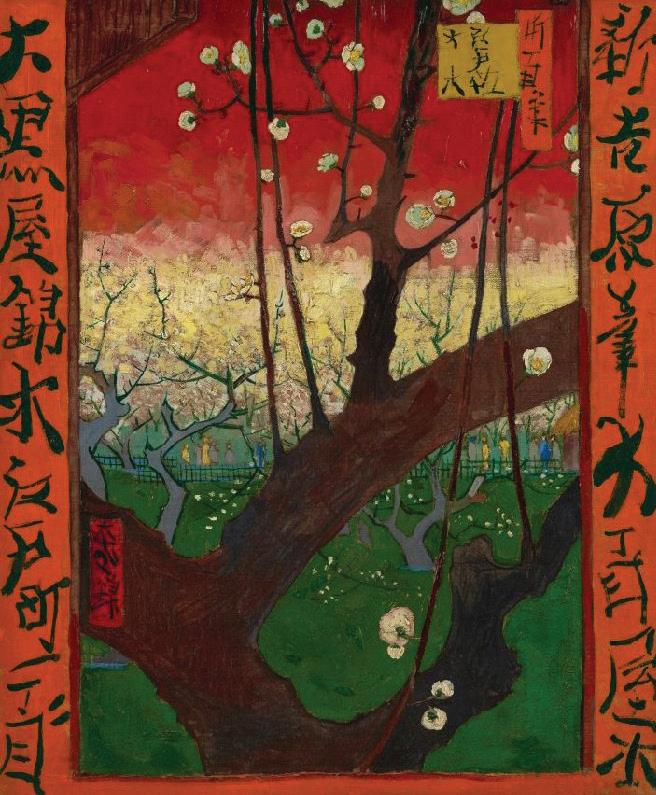
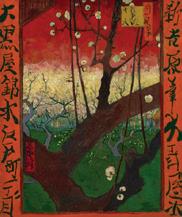
Van Gogh was a great admirer of Japanese art. He wrote that it made him happy and cheerful. He made three paintings after Japanese prints from his own collec tion. This gave him a chance to explore the Japanese printmakers’ style and use of colour.
The first of these copies is based on Utagawa Hiroshige’s Plum Garden in Ka meido. Van Gogh accurately reproduced the composition but made the colours much more intense. He replaced the black and grey of Hiroshige’s tree trunk with red and blue tones. He also add ed the two orange borders with Japanese characters for a decorative and exotic effect.
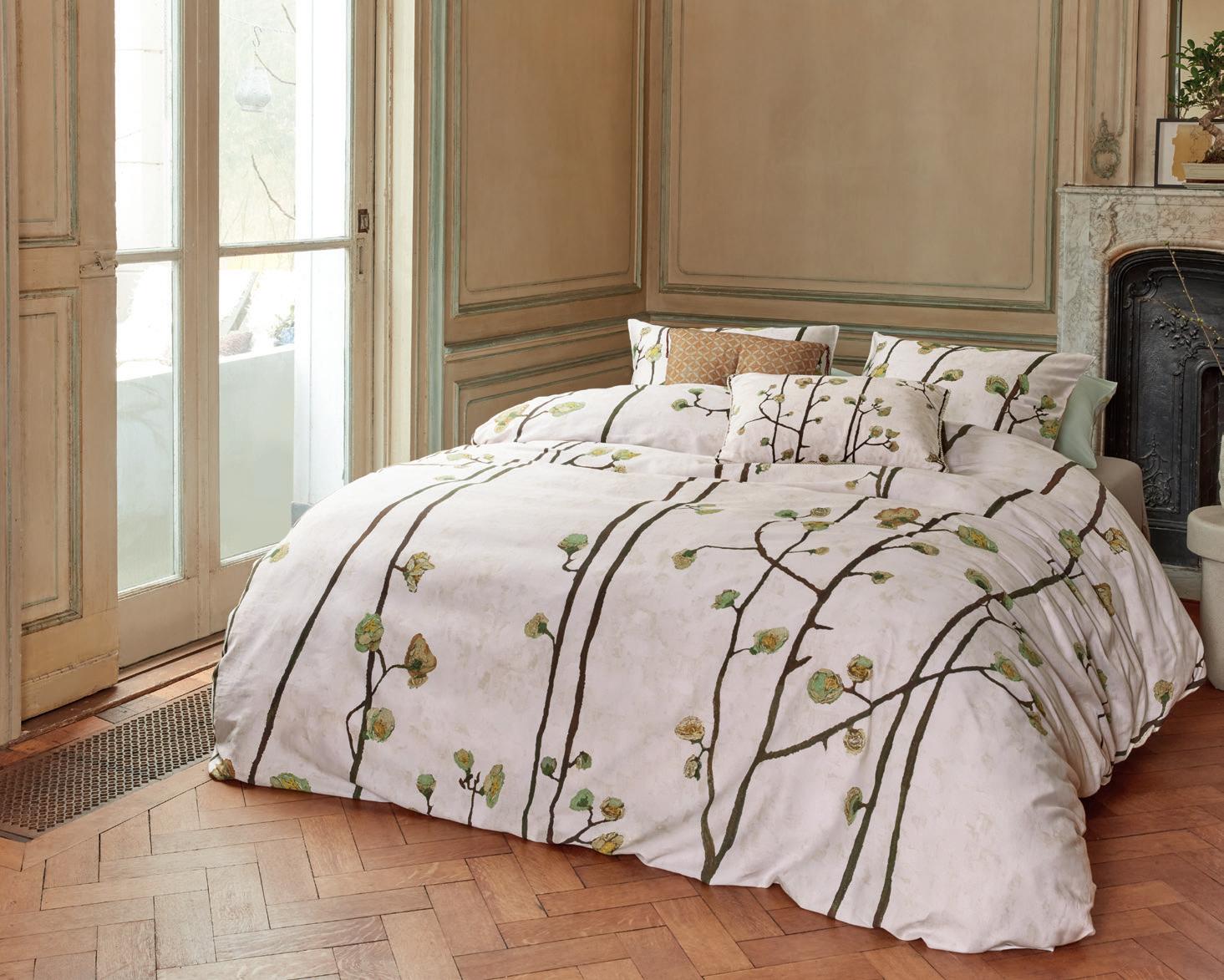

Van Gogh was a great admirer of Japanese art. He wrote that it made him happy and cheerful. He made three paintings after Japanese prints from his own collec tion. This gave him a chance to explore the Japanese printmakers’ style and use of colour.
The first of these copies is based on Utagawa Hiroshige’s Plum Garden in Ka meido. Van Gogh accurately reproduced the composition but made the colours much more intense. He replaced the black and grey of Hiroshige’s tree trunk with red and blue tones. He also add ed the two orange borders with Japanese characters for a decorative and exotic effect.
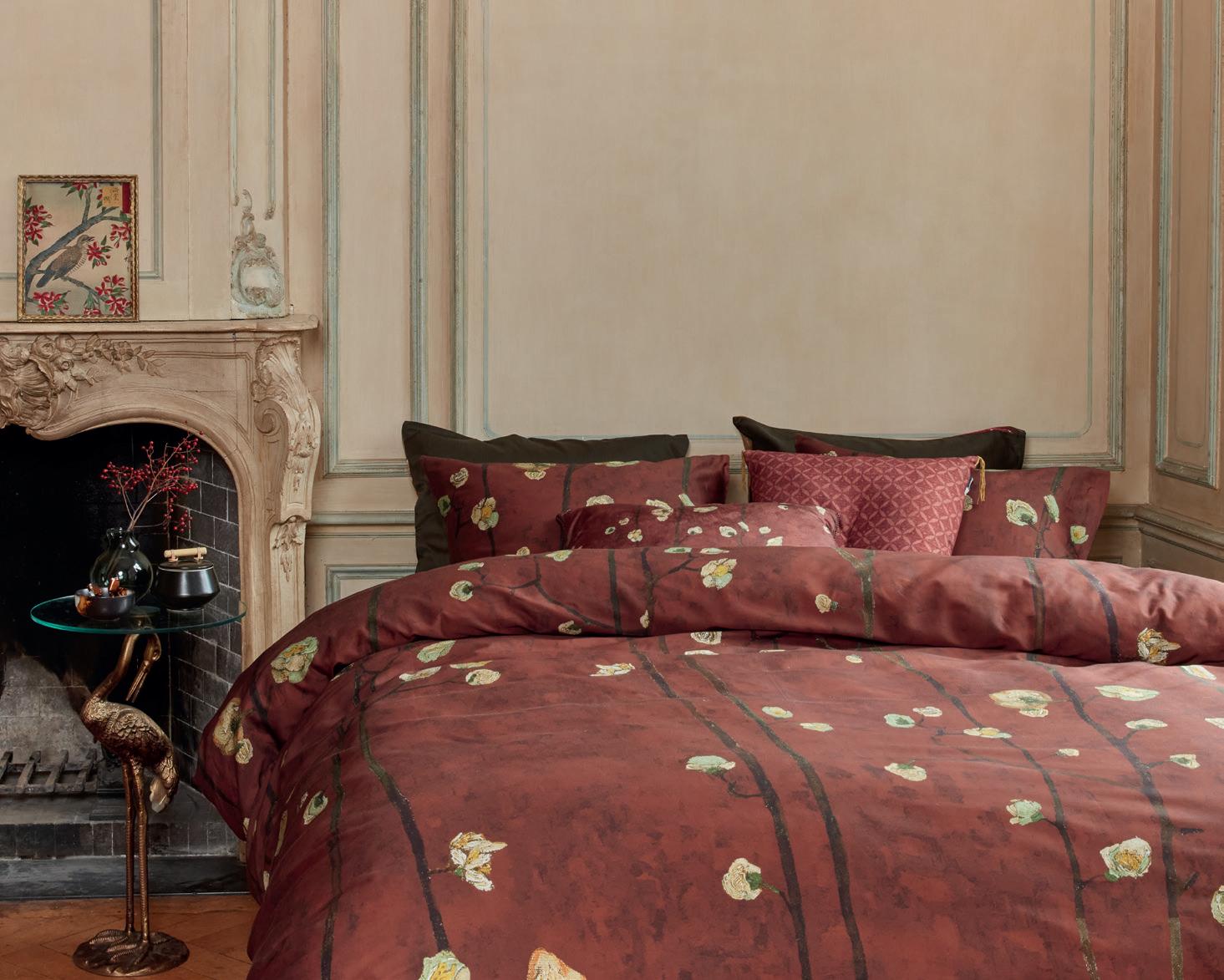
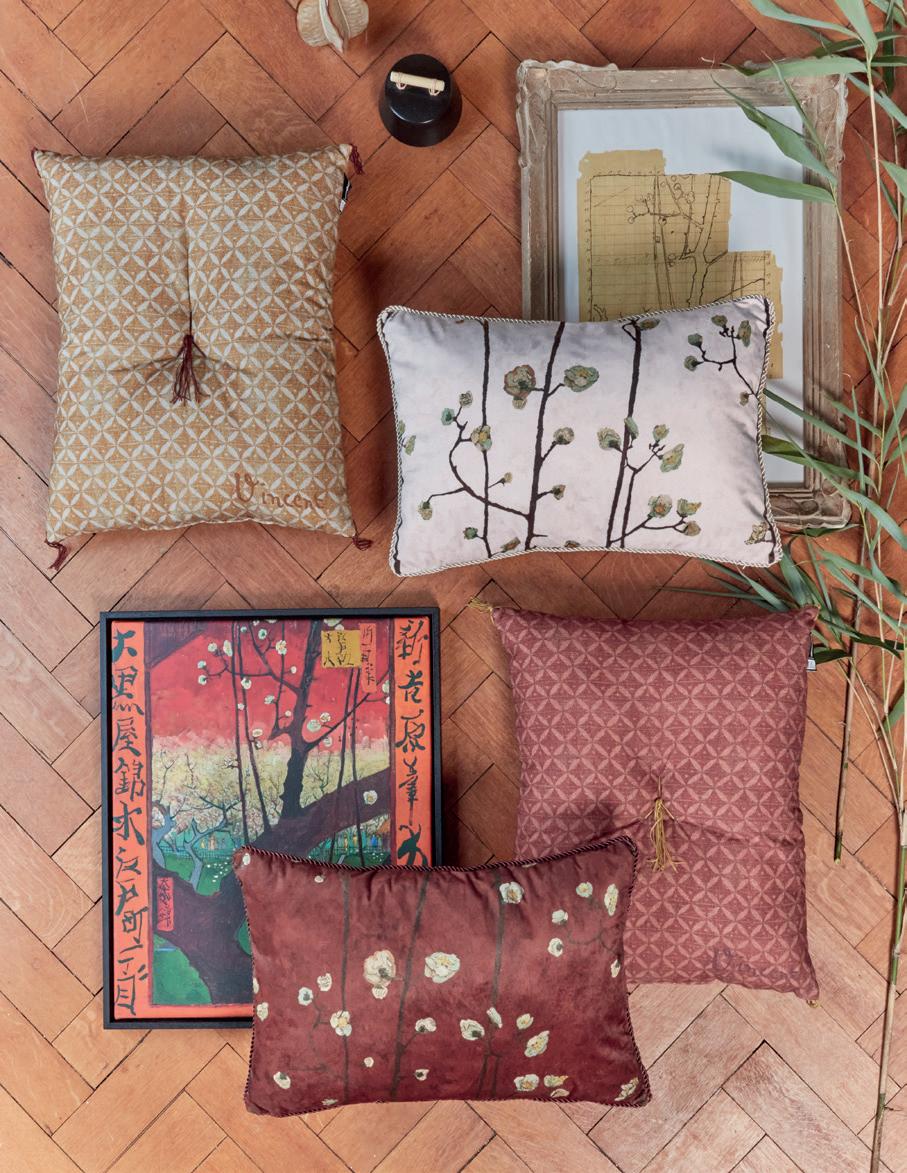

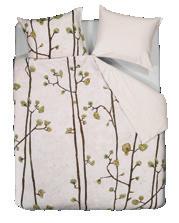
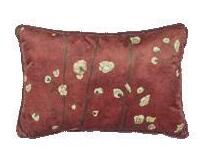
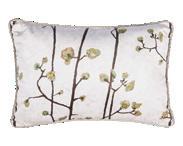
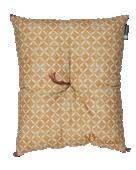
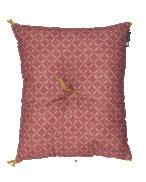
Almond trees flower early in spring. The tree therefore marks the arrival of spring and the start of new life. And that was very appropriate in this case, as Vincent didn’t paint this work for just any old reason. The painting was a gift for his brother and the birth of his son.

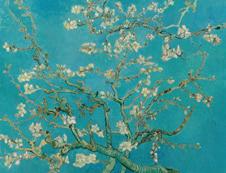
In January 1890 Theo wrote to Vincent that his wife Johanna had given birth to a son. The baby was to be named Vincent Willem, after his godfather. As a gift for the new arrival Vincent painted a picture of one of his favourite subjects, large branches of blossom against a blue sky. He thought that the work could be hung above the marital bed. Vincent chose the branches of the almond tree as a symbol of new life for the almond is one of the earliest trees to blossom, heralding spring in February. The artist drew his inspiration for the welldefined contouring and positioning of the tree in the picture plane from Japanese prints.
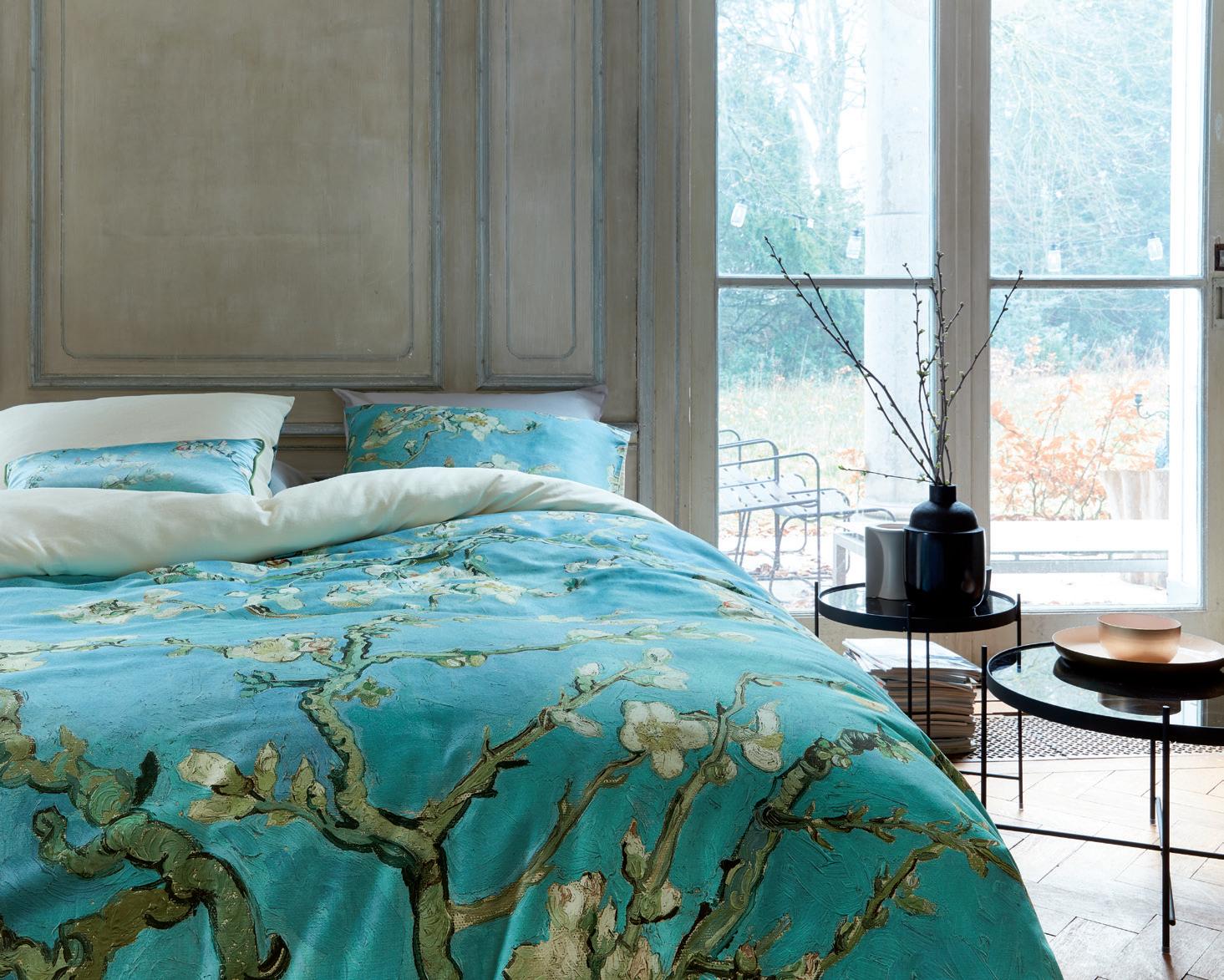


The design for this duvet cover is based upon one of Van Gogh’s most famous works - Almond Blossom The painting was a gift for his brother marking the birth of his son and consequently, Van Gogh’s godson. With a more neutral colour palette than the original painting this duvet cover features Almond Blossom branches against a light grey background.

Almond Blossom
The design for this duvet cover is based upon one of Van Gogh’s most famous works - Almond Blossom The painting was a gift for his brother marking the birth of his son and consequently, Van Gogh’s godson. With a different colour palette than the original painting this duvet cover features almond blossom branches against a ochre canvas printed background.


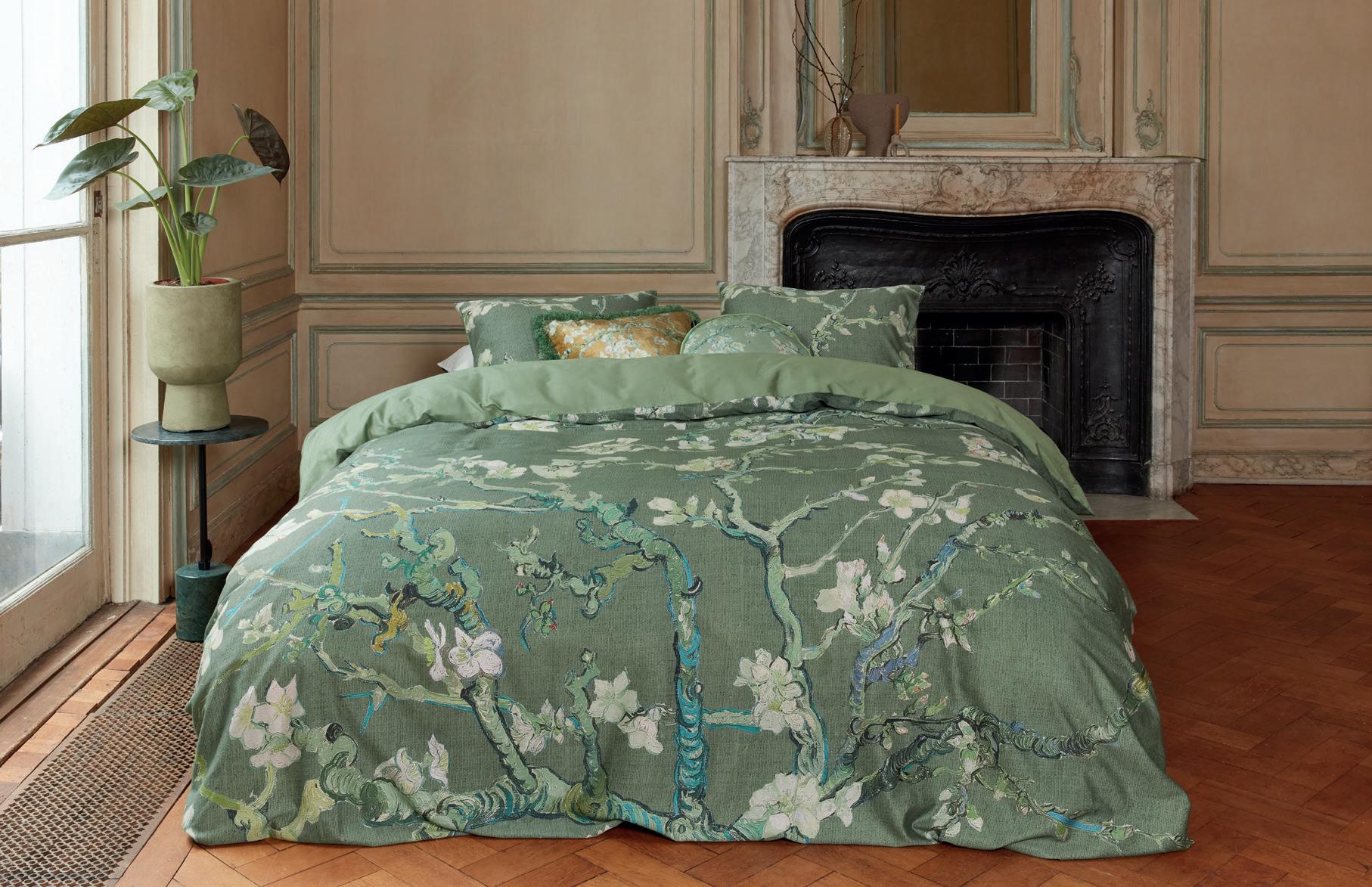
The design for this duvet cover is based upon one of Van
-
. The painting was a gift for his brother marking the birth of his son and consequently, Van
godson. With a different colour palette than the original painting this duvet cover features almond blossom branches against a green canvas printed background.
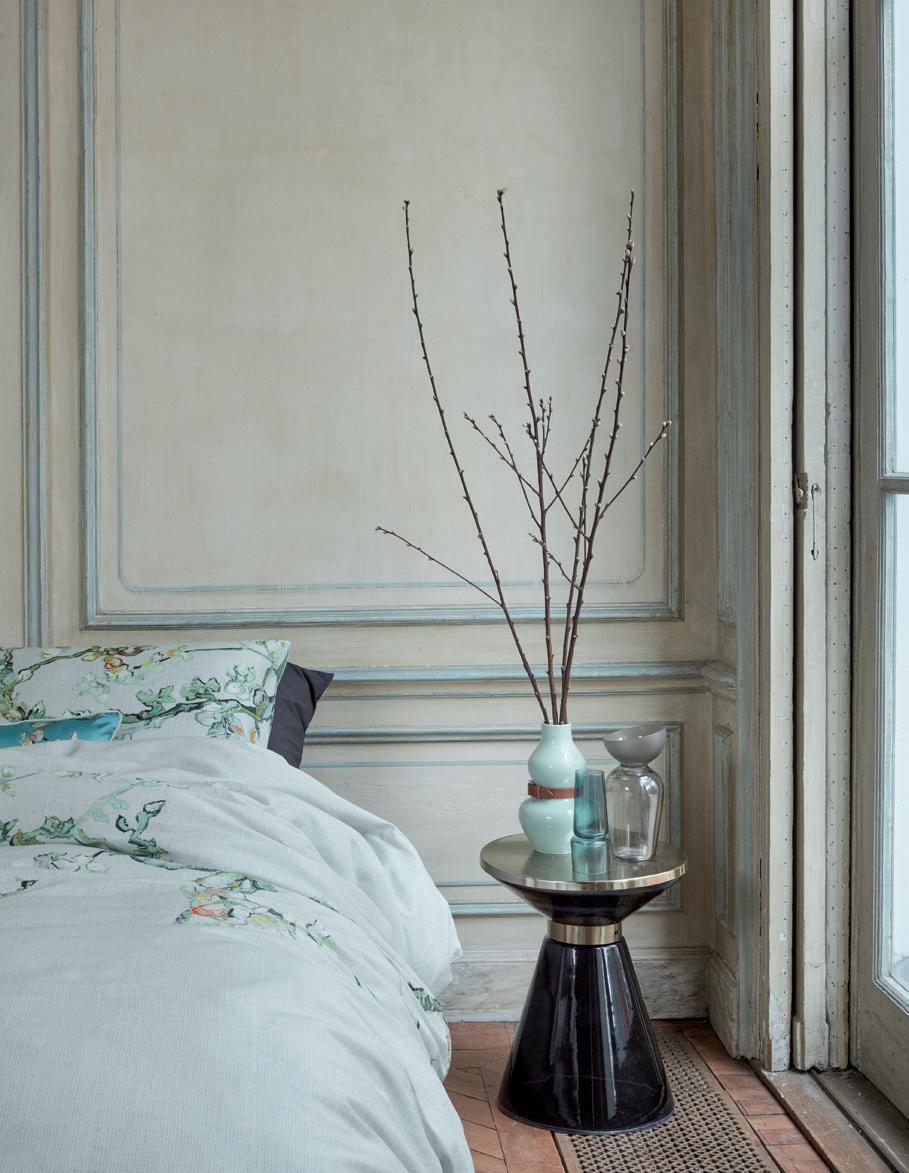
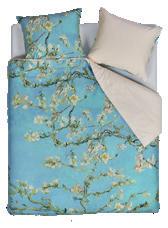

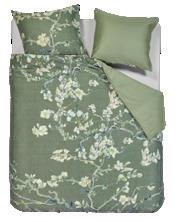

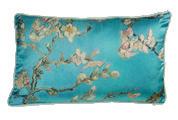


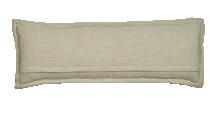
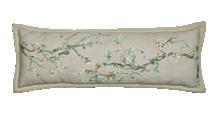
Nature was hugely important to Vincent. It endlessly inspired and comforted him. In the south of France he searched for the colour and light, he made many different flowers in both natural landscape and prepared still life settings.
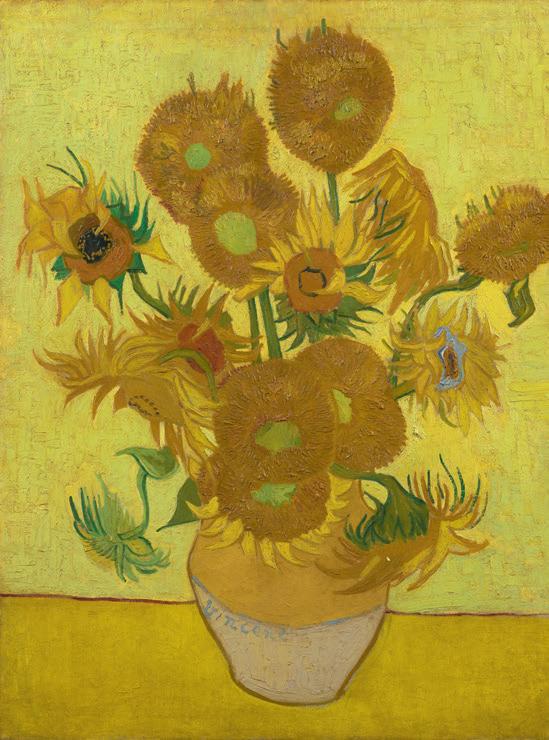
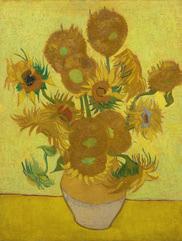

A symphony in blue and yellow was how Van Gogh thought the interior of the yellow house should appear when Gauguin arrived. He wanted to impress his friend with a series of decorative still lifes of sunflowers. These still lifes were to grace the walls of Gauguin’s bedroom and be framed with ‘thin slats of wood, painted in red lead’. Van Gogh started the series with great ardour. He had to work quickly as the flowers quickly wilted in a vase:
‘I am painting with the enthusiasm of a resident of Marseilles eating bouillabaisse [Provençal fish soup], which shall not surprise you, when it involves painting large sunflowers’.
Gauguin considered the paintings highly successful and declared that sunflowers should be Van Gogh’s trademark. Vincent later produced two loose copies, one of which is now in the Van Gogh Museum.
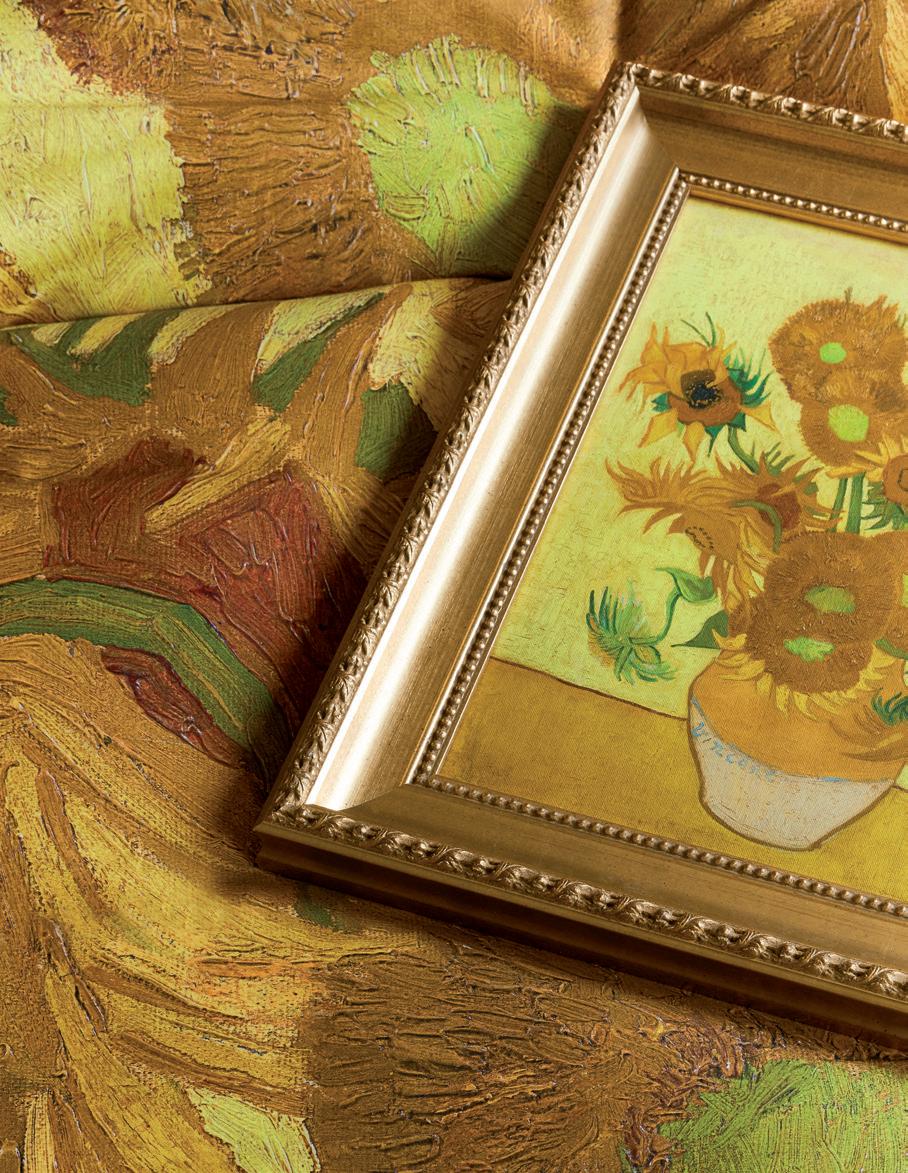


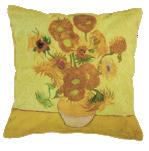
The majority of Vincents self-portraits – over 25 – were done while he was in Paris (1886–1888). He was short of money in that period and struggled to find models. So the artist chose the simplest solution and painted himself.
To save money, he sometimes painted self-portraits on the back of other paintings. By doing that, he avoided the costs not only of a model but also of expensive canvas.
Three of his self-portraits are used on our decorative cushion designs.
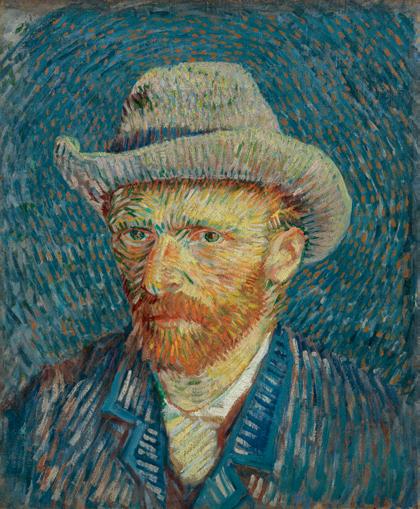

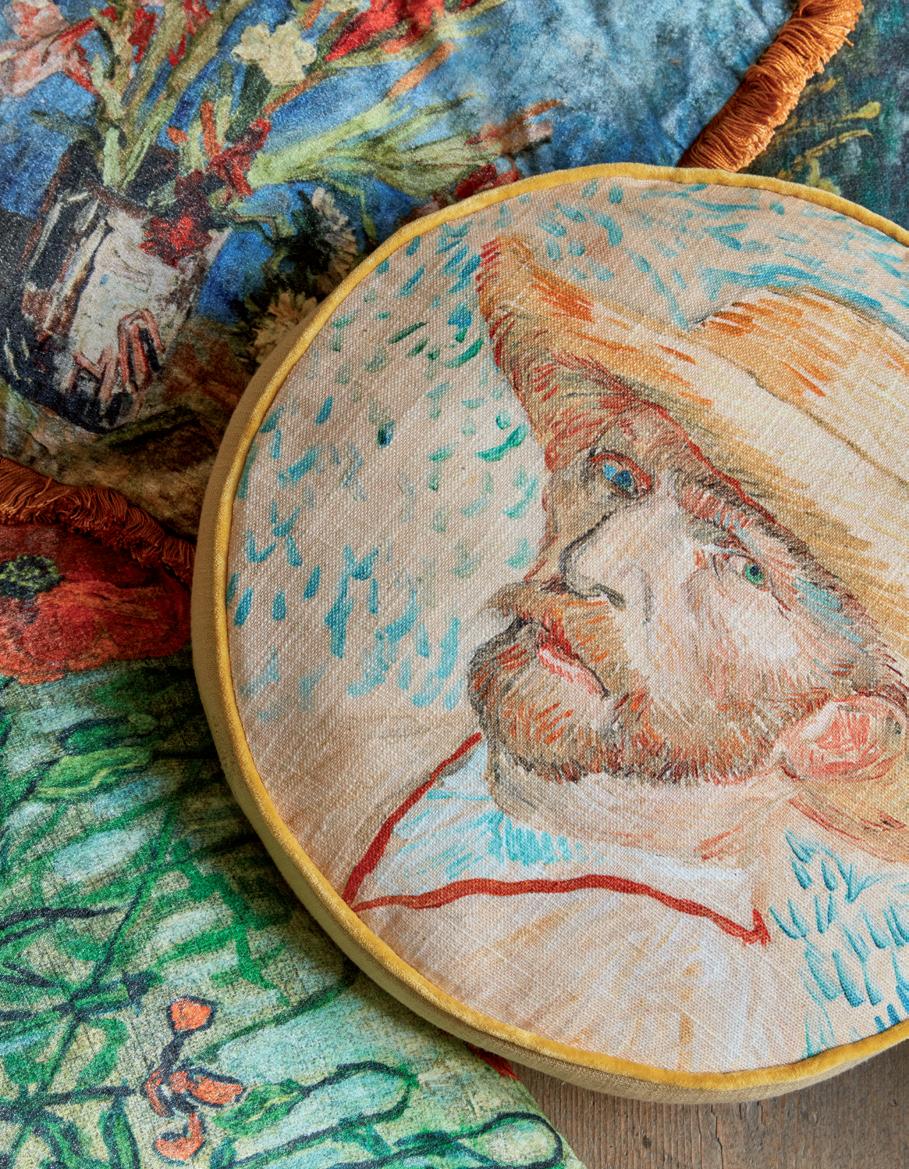

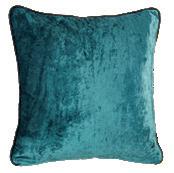

In 2023 Van Gogh Museum celebrated its 50th birthday. This golden anniversary was celebrated by Beddinghouse x Van Gogh with a beautiful bouquet composed of individual taken flowers from different flower paintings from the museum’s own collection. This floral treat includes flowers from works such as: Irises, Bottle with Peonies and Blue Delphinium, Vase with Chinese Asters and Garden Lilies, Sunflowers and, of course, the classic Almond Blossom.
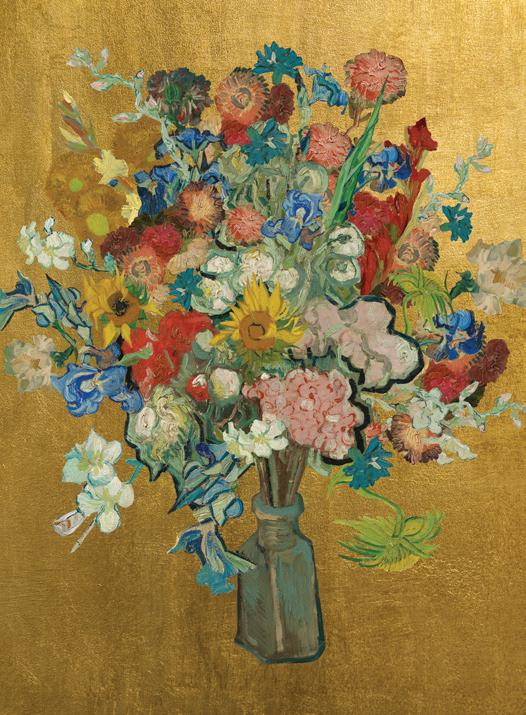
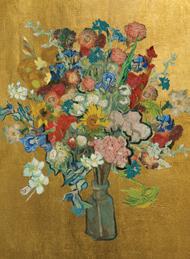
The duvet cover Partout des Fleurs contains a beautiful bouquet composed of individual flowers taken from different flower paintings from the museum’s own collection. These individual flowers are set against a striking golden backdrop which allows the colourful flowers to stand out beautifully in a composition reminiscent of van Gogh’s orginal works. Finished with a plain golden yellow reverse.
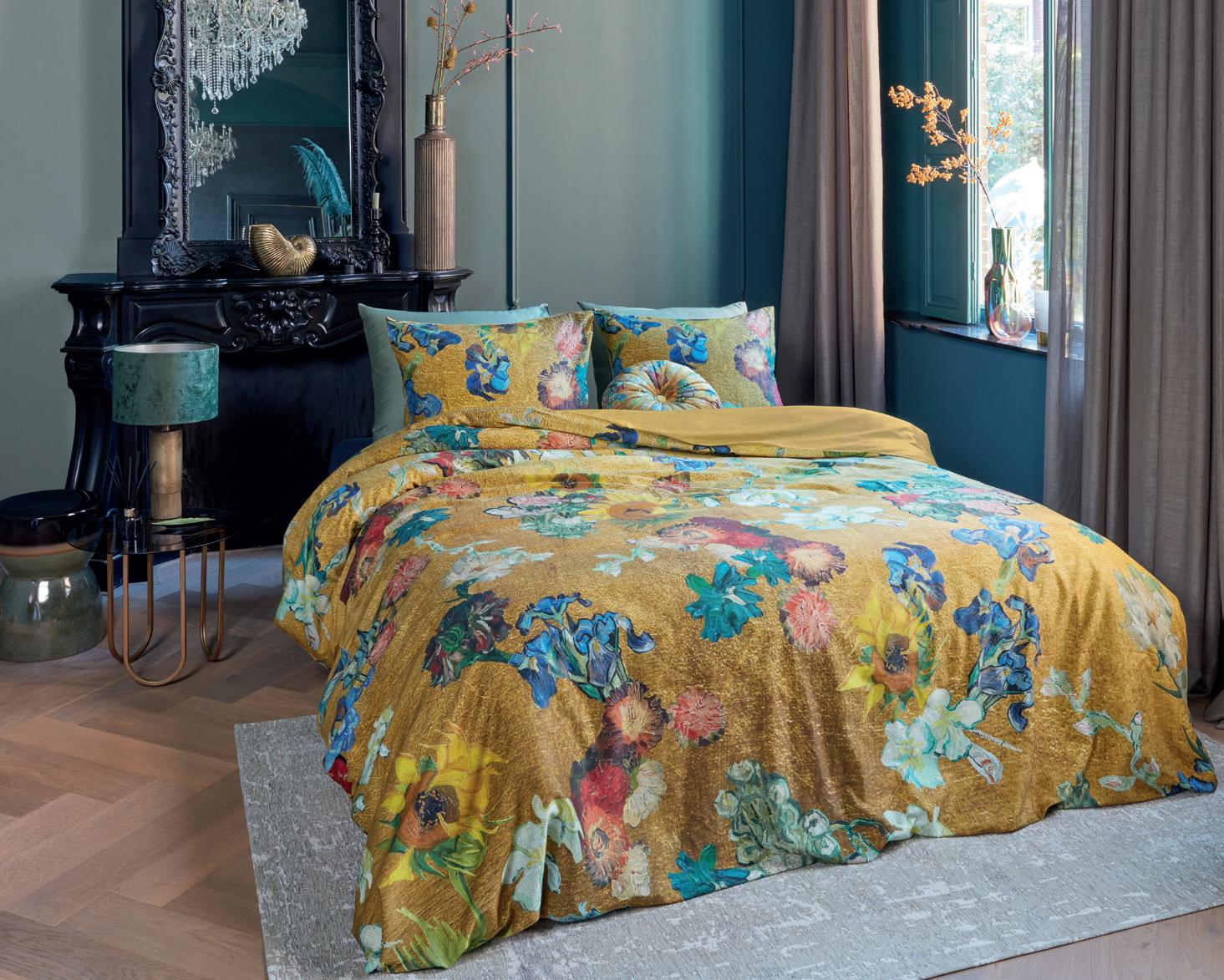

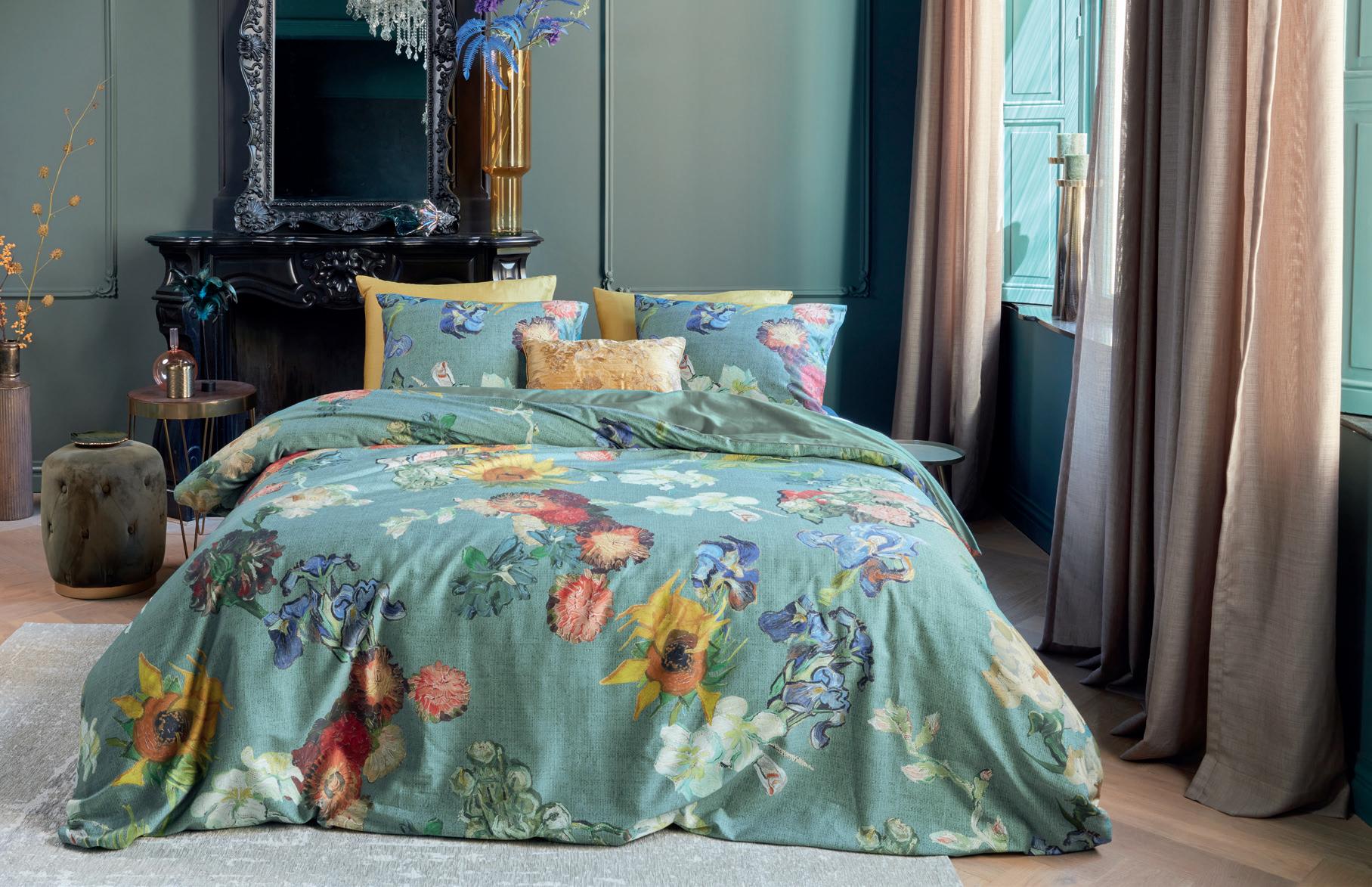
The duvet cover Partout
contains a beautiful bouquet composed of individual flowers taken from different flower paintings from the museum’s own
These individual flowers are set against a striking golden backdrop which allows the colourful flowers to stand out beautifully in a composition reminiscent of van
a


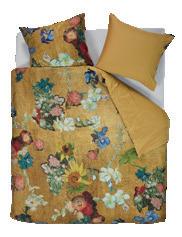
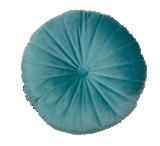
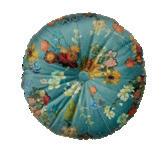
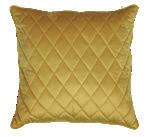
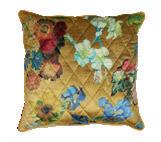
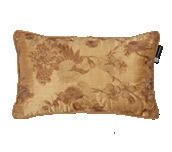

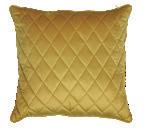



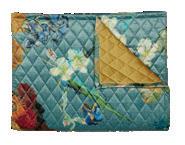
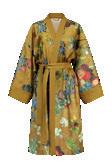

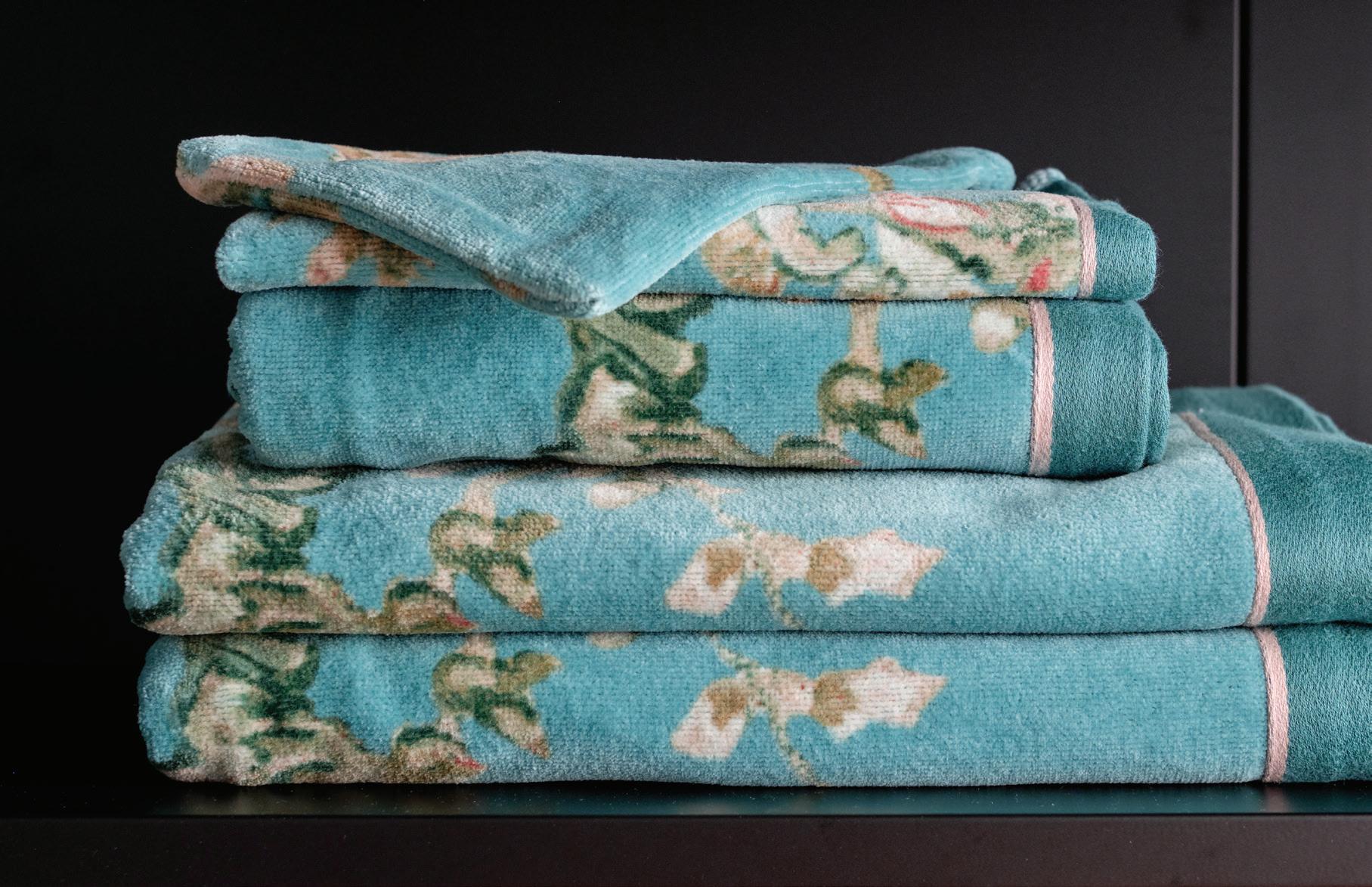
Beautiful bath collection inspired by the famous paintings of Van Gogh. Bath Collection

Tournesol Yellow
100% cotton
a
design and
Sunflowers
A symphony in blue and yellow was how Van Gogh thought the interior of the yellow house should appear when Gauguin arrived. He wanted to impress his friend with a series of decorative still lifes of sunflowers. These still lifes were to grace the walls of Gauguin’s bedroom and be framed with ‘thin slats of wood, painted in red lead’. Van Gogh started the series with great ardour. He had to work quickly as the flowers quickly wilted in a vase:
‘I am painting with the enthusiasm of a resident of Marseilles eating bouillabaisse [Provençal fish soup], which shall not surprise you, when it involves painting large sunflowers’. Gauguin considered the paintings highly successful and declared that sunflowers should be Van Gogh’s trademark. Vincent later produced two loose copies, one of which is now in the Van Gogh Museum.
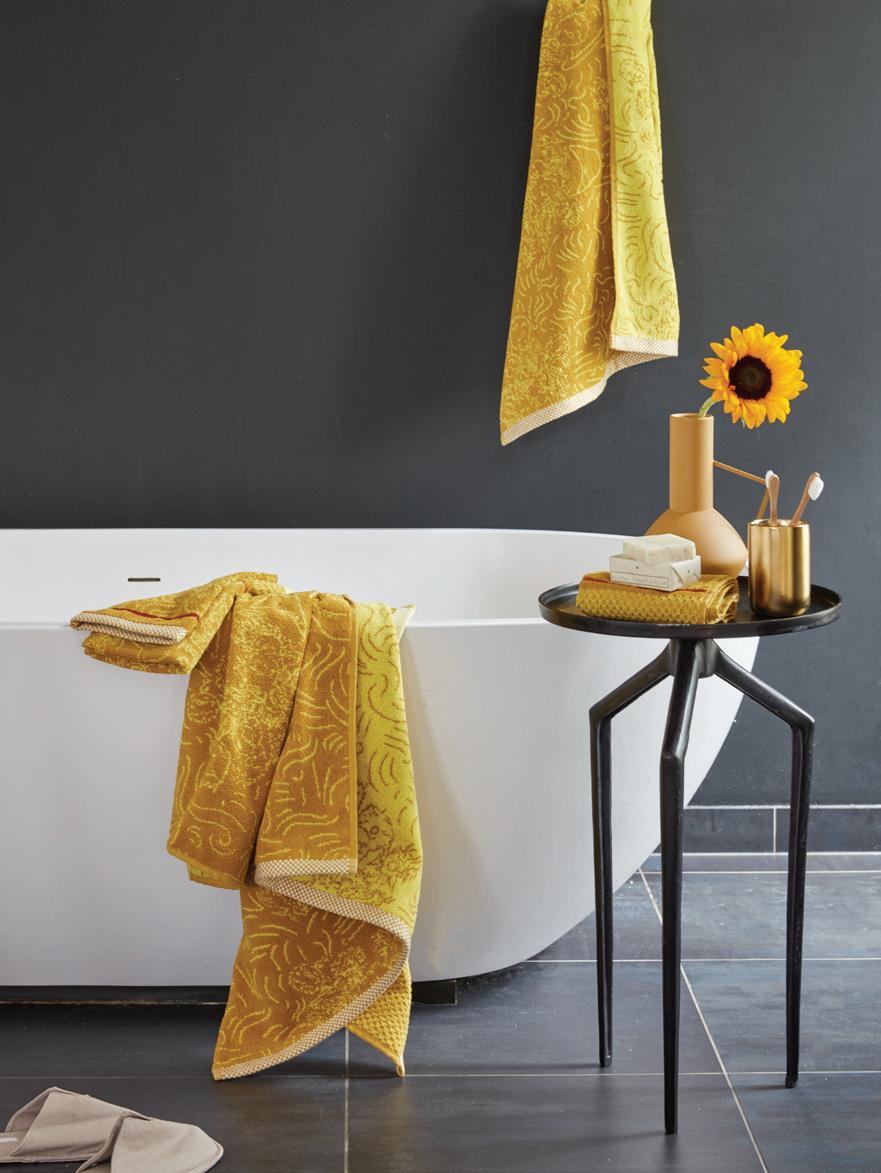
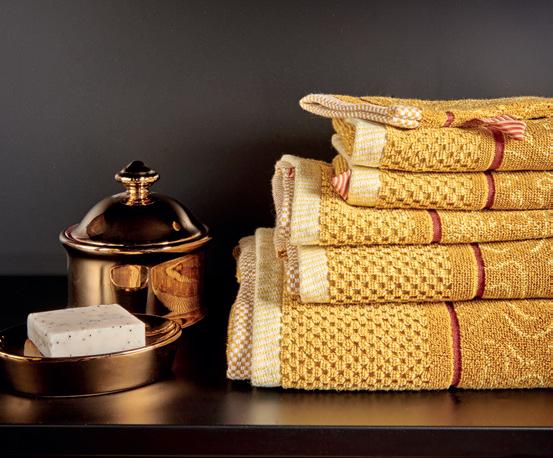
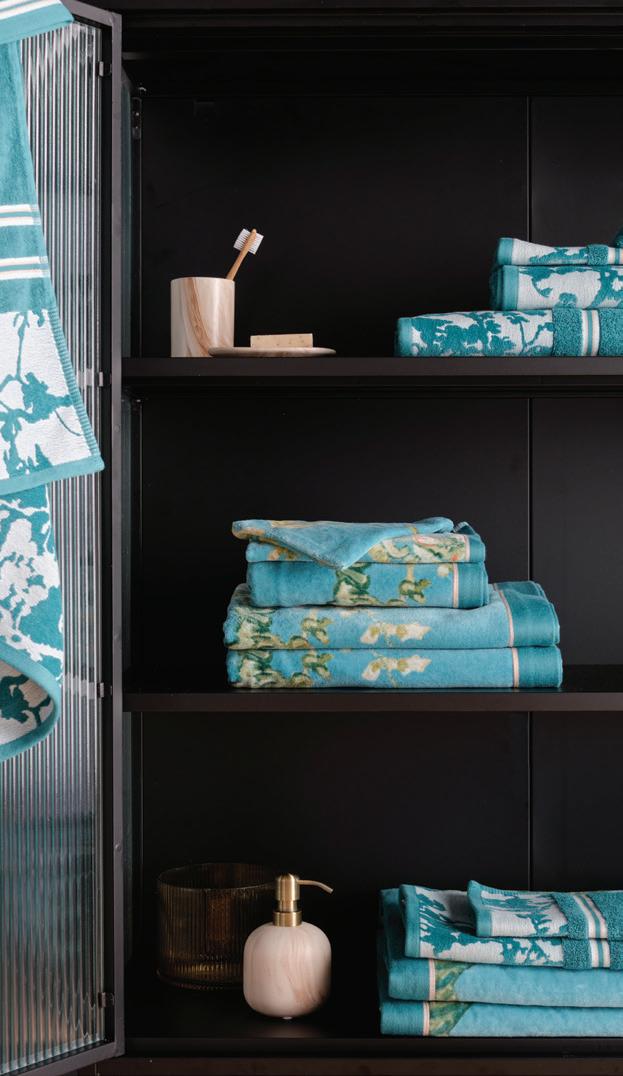

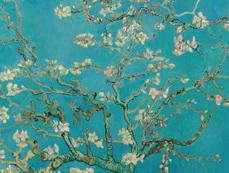
As a gift for the new arrival Vincent painted a picture of one of his
a
be
as a
the
of
for the
to
The
is
the
the

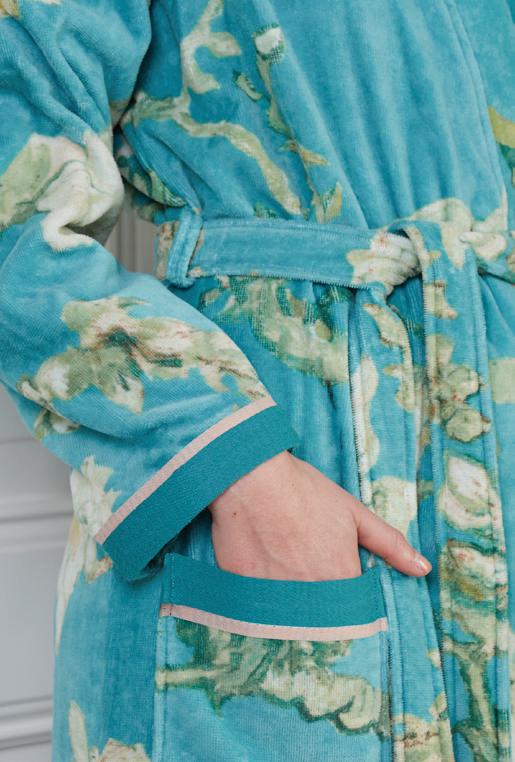
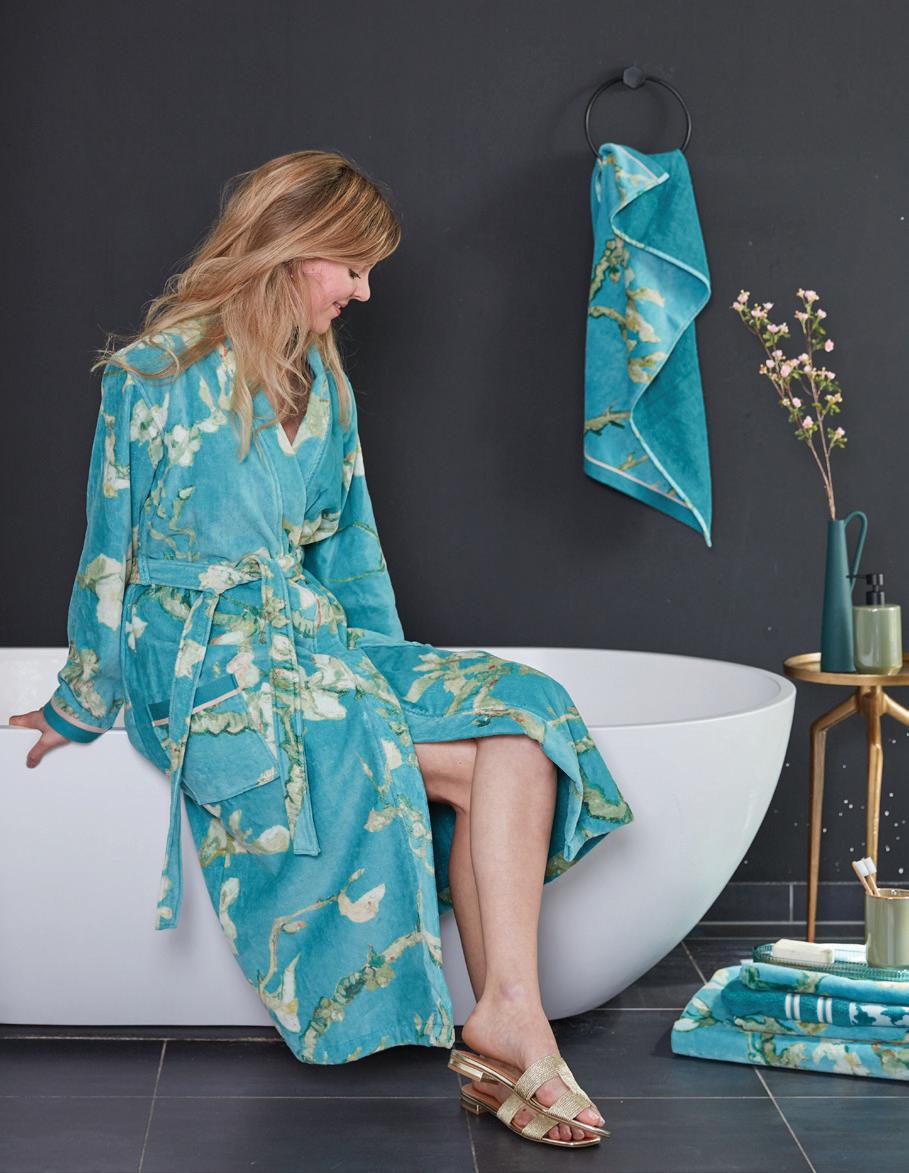
As a gift for the new arrival Vincent painted a picture of one of his favourite subjects, large branches of
against a blue sky. He thought that the work could be hung above the marital bed. Vincent chose the branches of the almond tree as a symbol of new life for the almond is one of the earliest trees to
in February. The artist drew his
for the welldefined
and positioning of the
from

In January 1890 Theo wrote to Vincent that his wife Johanna had given birth to a son. The baby was to be named Vincent Willem, after his godfather. As a gift for the new arrival Vincent painted a picture of one of his favourite subjects, large branches of blossom against a blue sky. He thought that the work could be hung above the marital bed. Vincent chose the branches of the almond tree as a symbol of new life for the almond is one of the earliest trees to blossom, heralding spring in February. The artist drew his inspiration for the welldefined contouring and positioning of the tree in the picture plane from Japanese prints.

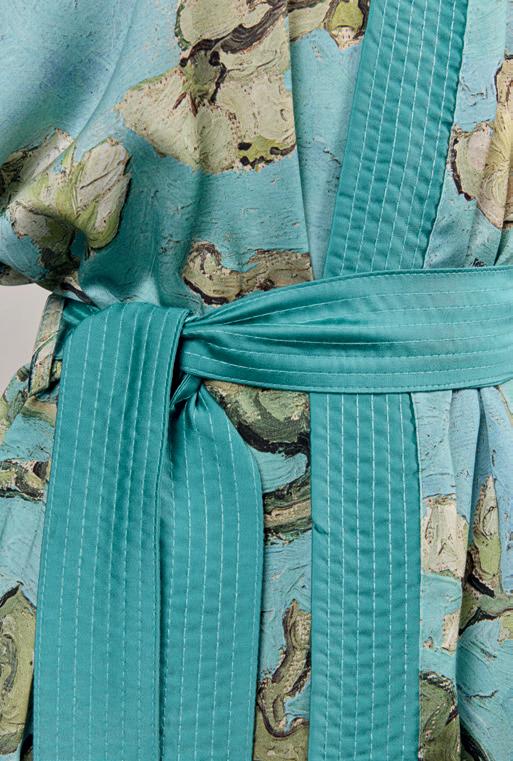



In January 1890 Theo wrote to Vincent that his wife Johanna had given birth to a son. The baby was to be named Vincent Willem, after his godfather. As a gift for the new arrival Vincent painted a picture of one of his favourite subjects, large branches of blossom against a blue sky. He thought that the work could be hung above the marital bed. Vincent chose the branches of the almond tree as a symbol of new life for the almond is one of the earliest trees to blossom, heralding spring in February. The artist drew his inspiration for the welldefined contouring and positioning of the tree in the picture plane from Japanese prints.
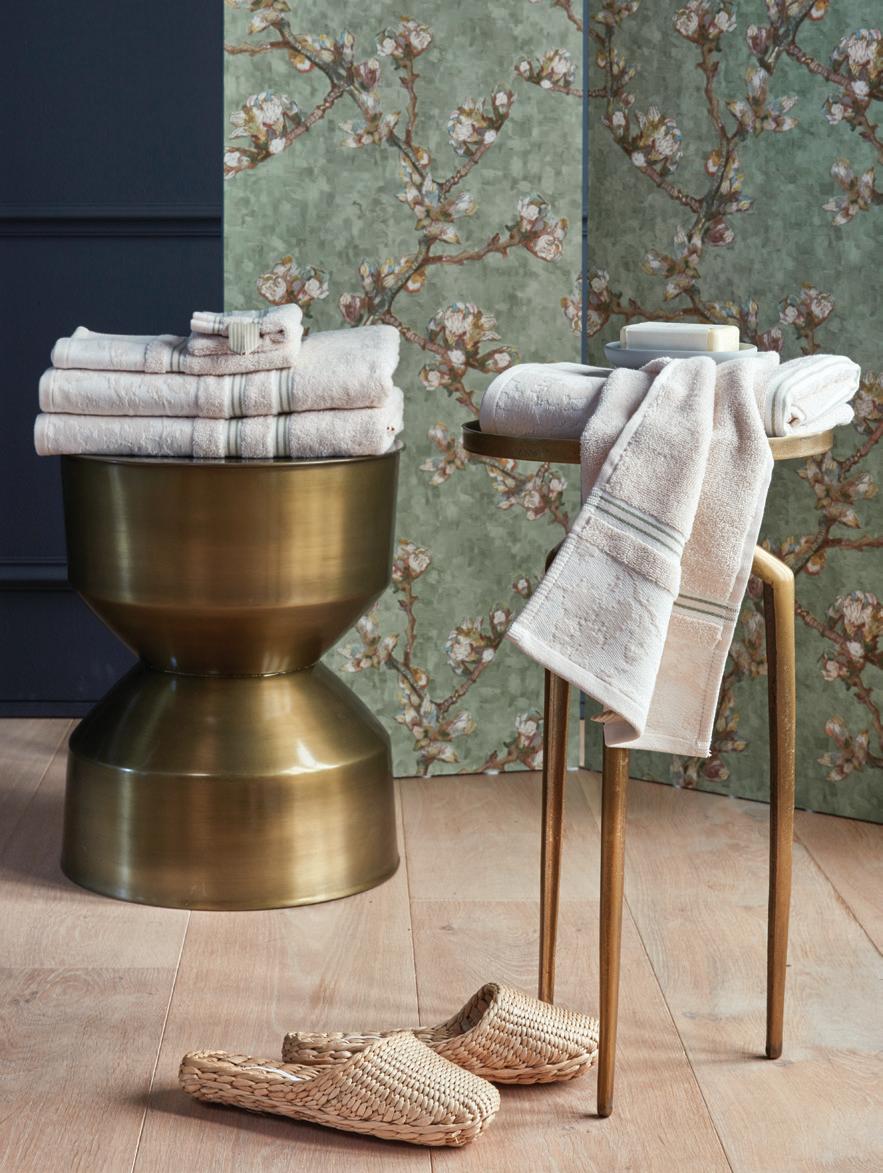


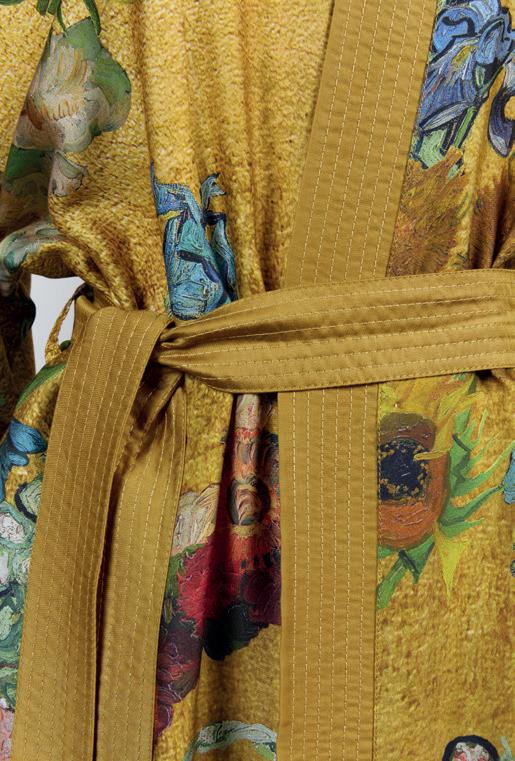

The
was a
was
with a
composed of individual flowers taken from different flower paintings from the
own
These individual flowers are set against a striking golden backdrop which allows the colourful flowers to stand out beautifully in a composition reminiscent of van Gogh’s orginal works. Finished with a plain golden

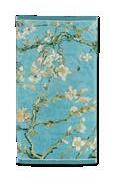
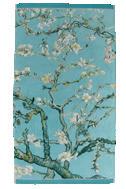
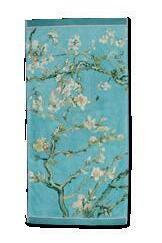


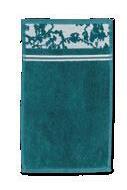



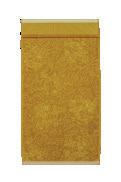
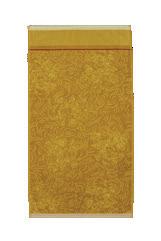
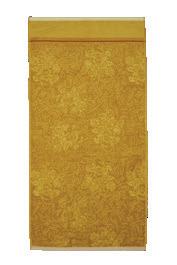


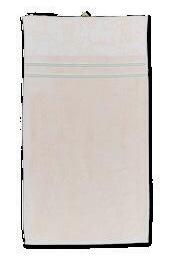

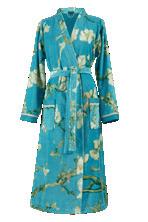
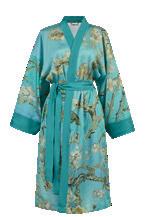
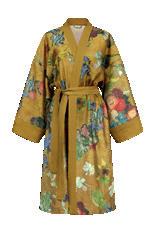
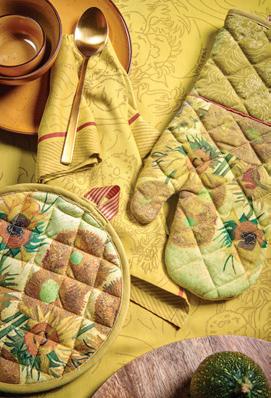

Kitchen Collection
‘It is good
to love as much as one can, for therein lies true strength, and that which is done with love is well done.’
Wednesday, 3 April 1878

Sunflowers
A symphony in blue and yellow was how Van Gogh thought the interior of the yellow house should appear when Gauguin arrived. He wanted to impress his friend with a series of decorative still lifes of sunflowers. These still lifes were to grace the walls of Gauguin’s bedroom and be framed with ‘thin slats of wood, painted in red lead’. Van Gogh started the series with great ardour. He had to work quickly as the flowers quickly wilted in a vase:
‘I am painting with the enthusiasm of a resident of Marseilles eating bouillabaisse [Provençal fish soup], which shall not surprise you, when it involves painting large sunflowers’. Gauguin considered the paintings highly successful and declared that sunflowers should be Van Gogh’s trademark. Vincent later produced two loose copies, one of which is now in the Van Gogh Museum.

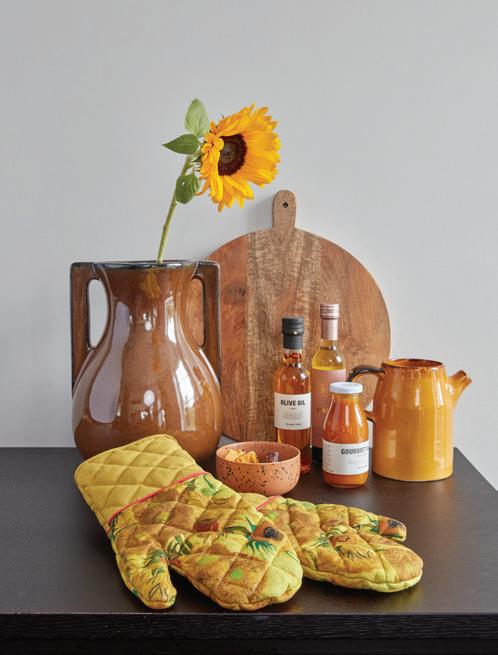

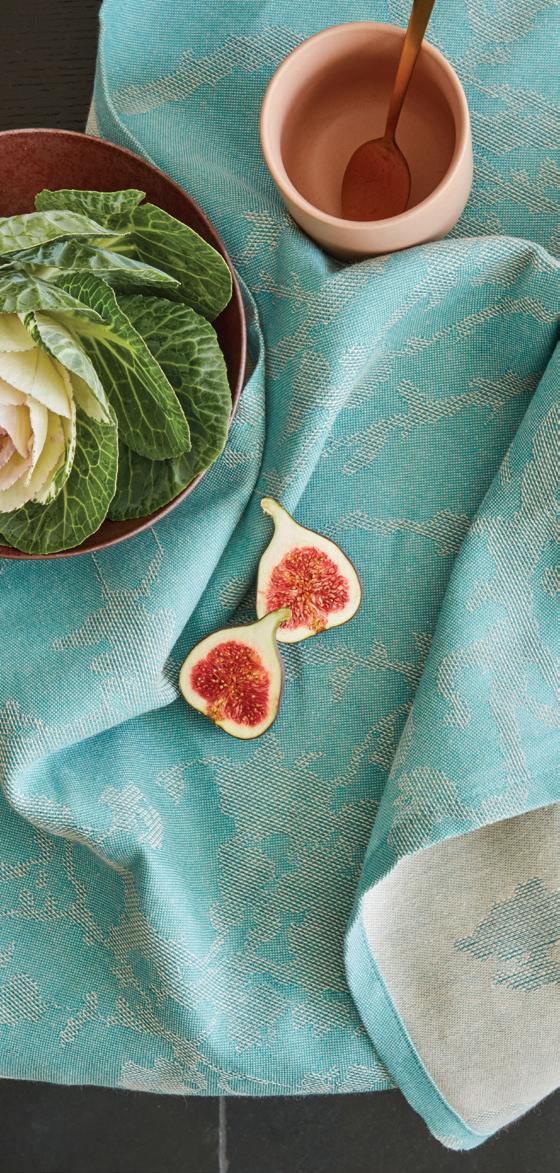

As a gift for the new arrival Vincent painted a picture of one of his favourite subjects, large branches of blossom against a blue sky. He thought that the work could be hung above the marital bed. Vincent chose the branches of the almond tree as a symbol of new life for the almond is one of the earliest trees to blossom, heralding spring in February. The artist drew his inspiration for the welldefined contouring and positioning of the tree in the picture plane from Japanese prints.
